A panel of experts agrees and disagrees on exactly which parts of biology we should be taking inspiration from for neuromorphic technologies.
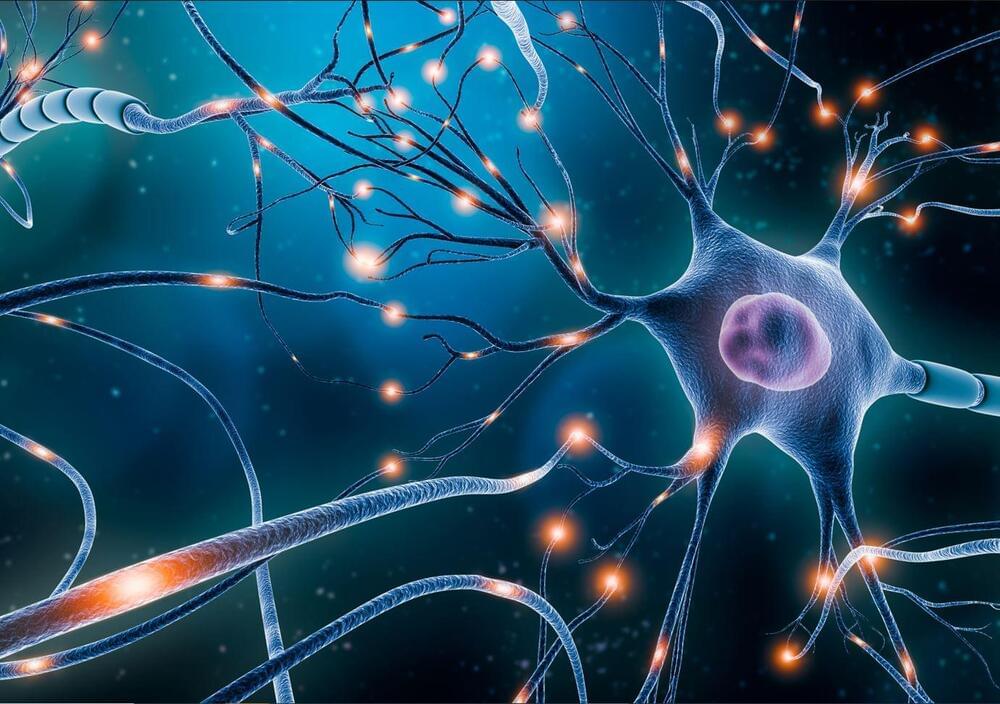

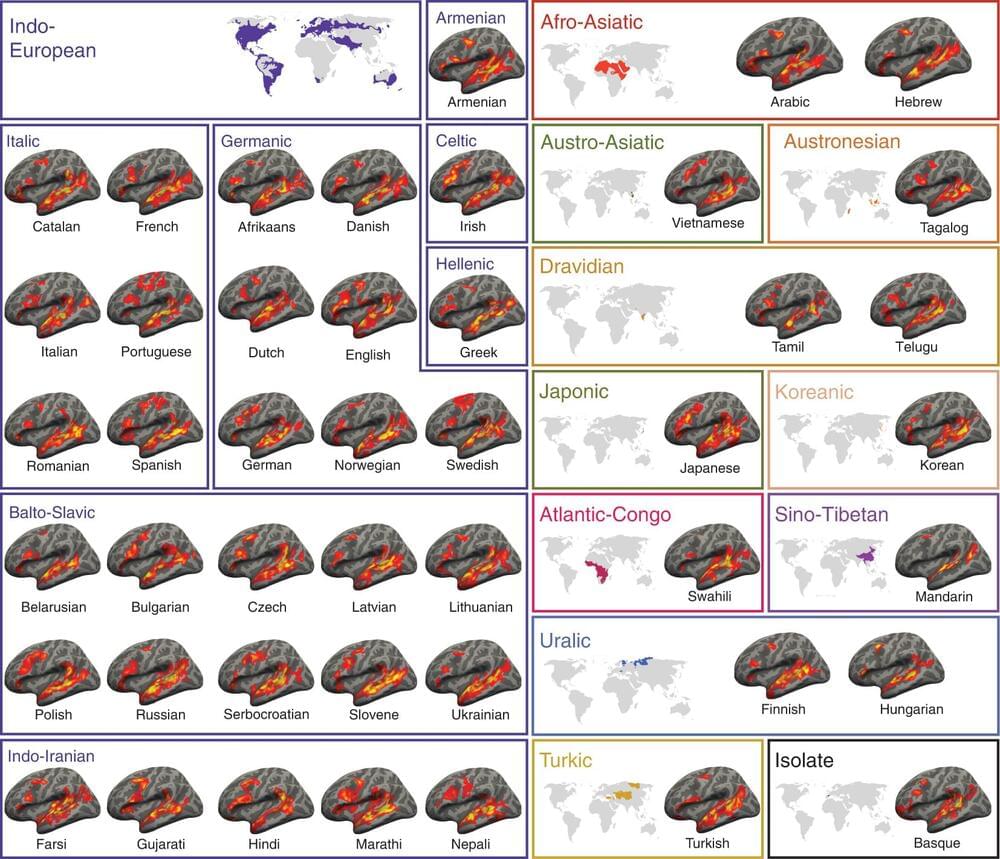
To understand the architecture of human language, it is critical to examine diverse languages; however, most cognitive neuroscience research has focused on only a handful of primarily Indo-European languages. Here we report an investigation of the fronto-temporo-parietal language network across 45 languages and establish the robustness to cross-linguistic variation of its topography and key functional properties, including left-lateralization, strong functional integration among its brain regions and functional selectivity for language processing. fMRI reveals similar topography, selectivity and inter-connectedness of language brain areas across 45 languages. These properties may allow the language system to handle the shared features of languages, shaped by biological and cultural evolution.
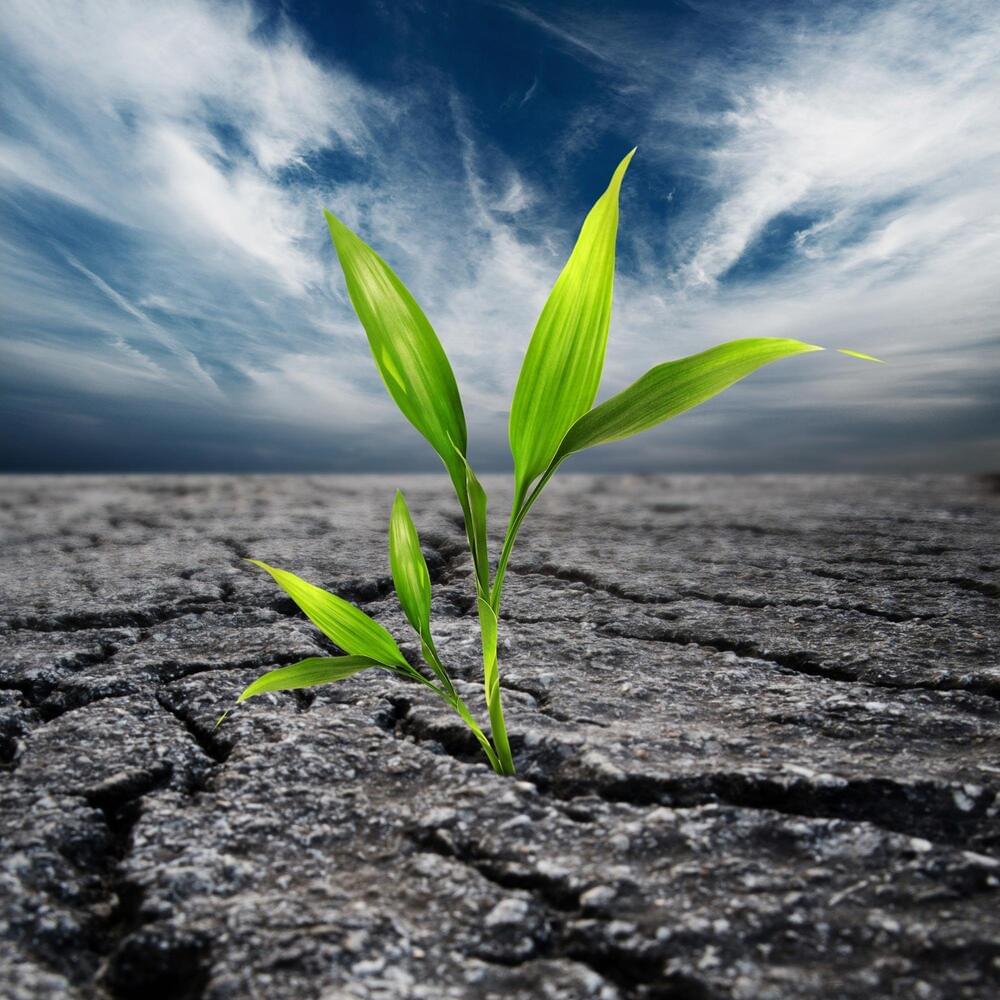
Proteins serve a variety of purposes in plants in addition to being the fundamental building blocks of life. More than 20 billion protein molecules make up a typical plant cell, helping to stabilize its structure and sustain cellular metabolism.
Researchers at Heidelberg University’s Centre for Organismal Studies have shed light on a biological process that increases the life of plant proteins. They have now discovered a crucial protein, called N-terminal acetylation, that controls this mechanism. The study’s findings were published in the journals Molecular Plant and Science Advances.
N-terminal acetylation is a chemical marker that develops during the production of proteins. Plants do this by affixing an acetic acid.
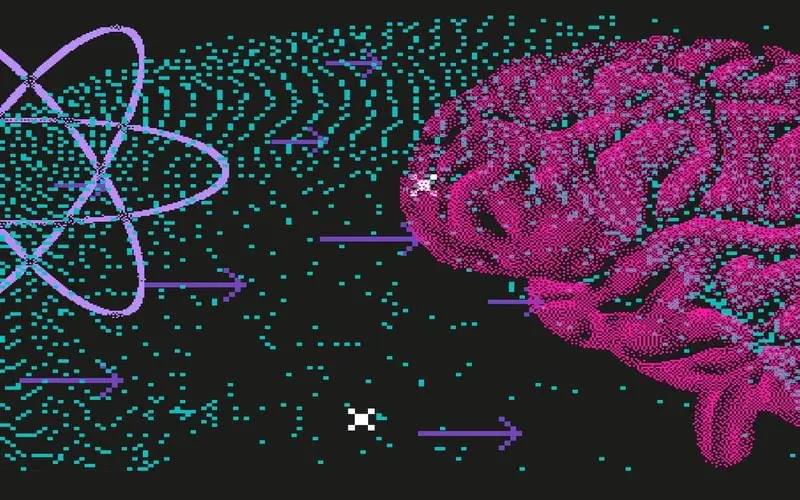
From its very inception quantum mechanics troubled physicists. It seemed to challenge our conception of reality and lead to apparent contradictions. One of the founders of quantum mechanics, Ernst Heisenberg, questioned whether the theory offered a description of reality at all. Others, like Niels Bohr, claimed that somehow human consciousness played a role in the theory. In this interview, Carlo Rovelli explains Heisenberg’s anti-realist motivations, clarifies the role of the “observer” in quantum mechanics, and articulates his relational interpretation of the theory, according to which reality is a network of interactions.
Carlo Rovelli will debate Sabine Hossenfelder and Eric Weinsten in the FREE IAI Live event, ‘Quantum Physics and the End of Reality’ on July 25th. Learn more here.
The founders of quantum mechanics were very uncomfortable with its results – famously Einstein thought it an incomplete theory and quipped “God doesn’t play dice”, and Schrödinger abandoned physics altogether for biology. What was so radically different about quantum mechanics than classical physics that caused such discomfort to its own creators?

Penn State agricultural engineers have developed, for the first time, a prototype “end-effector” capable of deftly removing unwanted apples from trees—the first step toward robotic, green-fruit thinning.
The development is important, according to Long He, assistant professor of agricultural and biological engineering, because manual thinning is a labor-intensive task, and the shrinking labor force in apple production makes manual thinning economically infeasible. His research group in the College of Agricultural Sciences conducted a new study that led to the end-effector.
The apple crop is a high-value agricultural commodity in the U.S., with an annual total production of nearly 10 billion pounds and valued at nearly $3 billion, according to He, who is a leader in agricultural robotics research, previously developing automated components for mushroom picking and apple tree pruning. Green-fruit thinning—the process of discarding excess fruitlets in early summer, mainly to increase the remaining fruit size and quality—is one of the most important aspects of apple production.
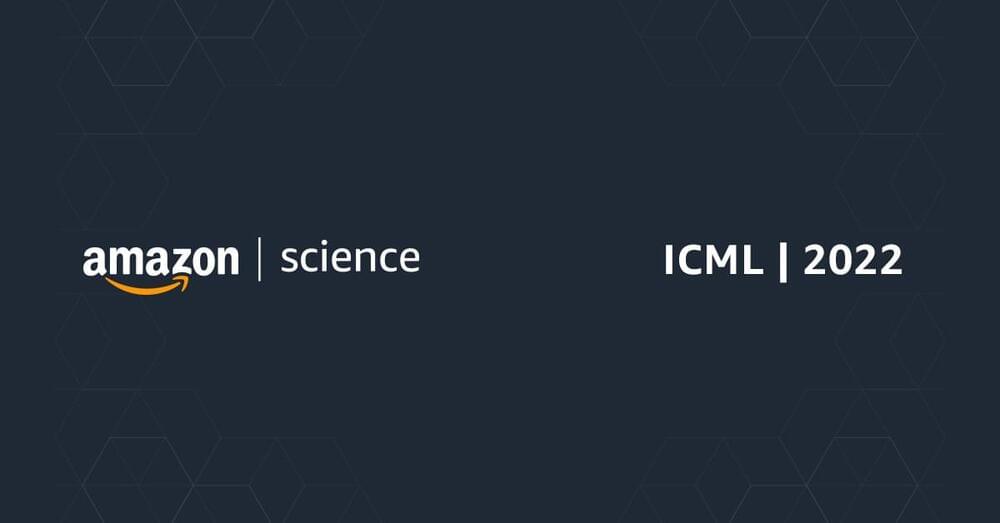
We’re proud to be a platinum sponsor of ICML, the annual conference on machine learning. Learn about Amazon’s presence at the conference, accepted publications,… See more.
The International Conference on Machine Learning (ICML) is the premier gathering of professionals dedicated to the advancement of the branch of artificial intelligence known as machine learning. The conference is globally renowned for presenting and publishing cutting-edge research on all aspects of machine learning used in closely related areas like artificial intelligence, statistics and data science, as well as important application areas such as machine vision, computational biology, speech recognition, and robotics.


Biological synapses are known to store multiple memories on top of each other at different time scales, much like representations of the early techniques of manuscript writing known as “palimpsest,” where annotations can be superimposed alongside traces of earlier writing.
Biological palimpsest consolidation occurs via hidden biochemical processes that govern synaptic efficacy at varying lifetimes. The arrangement can facilitate idle memories to be overwritten without forgetting them, while using previously unseen memories short-term. Embedded artificial intelligence can significantly benefit from such functionality; however, the hardware has yet to be demonstrated in practice.
In a new report, now published in Science Advances, Christos Giotis and a team of scientists in Electronics and Computer Science at the University of Southampton and the University of Edinburgh, U.K., showed how the intrinsic properties of metal-oxide volatile memristors mimicked the process of biological palimpsest consolidation.

In the deep subsurface that plunges into the Earth for miles, microscopic organisms inhabit vast bedrock pores and veins. Belowground microorganisms, or microbes, comprise up to half of all living material on the planet and support the existence of all life forms up the food chain. They are essential for realizing an environmentally sustainable future and can change the chemical makeup of minerals, break down pollutants, and alter the composition of groundwater.
While the significance of bacteria and archaea is undeniable, the only evidence of their existence in the deep subsurface comes from traces of biological material that seep through mine walls, cave streams, and drill holes that tap into aquifers.
Many scientists have assumed that the composition of microbial communities in the deep subsurface is primarily shaped by local environmental pressures on microbial survival such as temperature, acidity, and oxygen concentration. This process, environmental selection, can take years to millennia to cause significant community-level changes in slow-growing communities like the subsurface.
